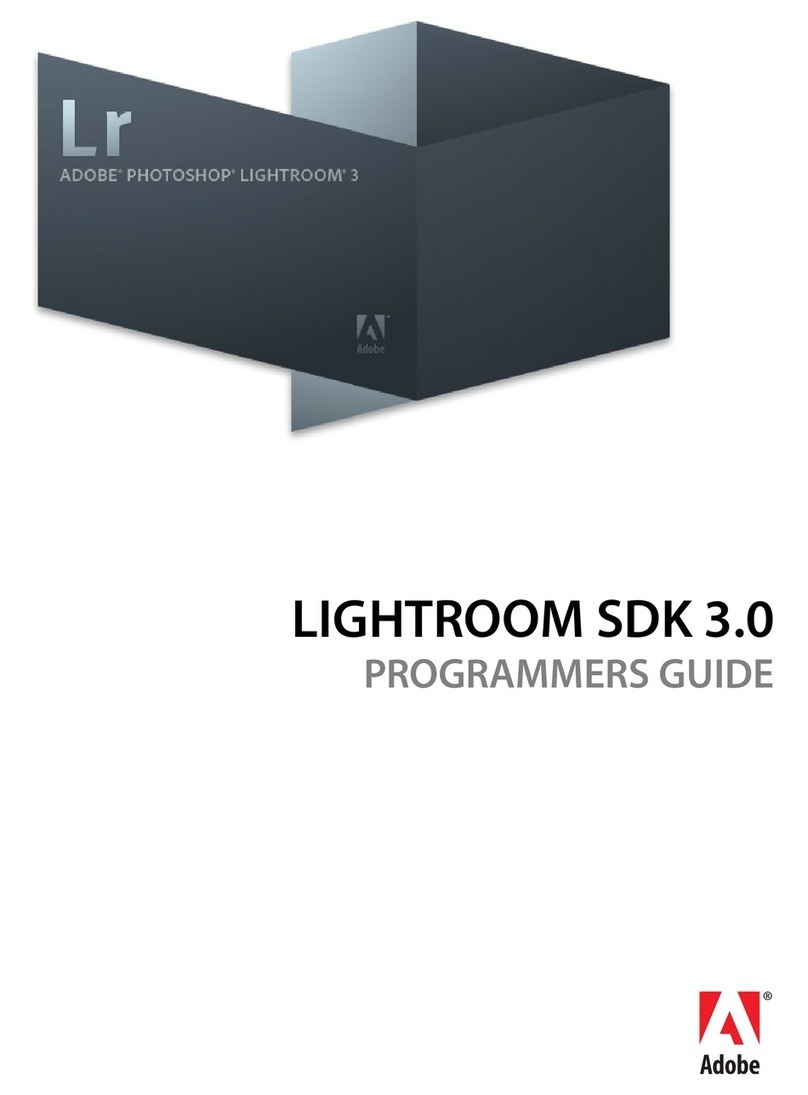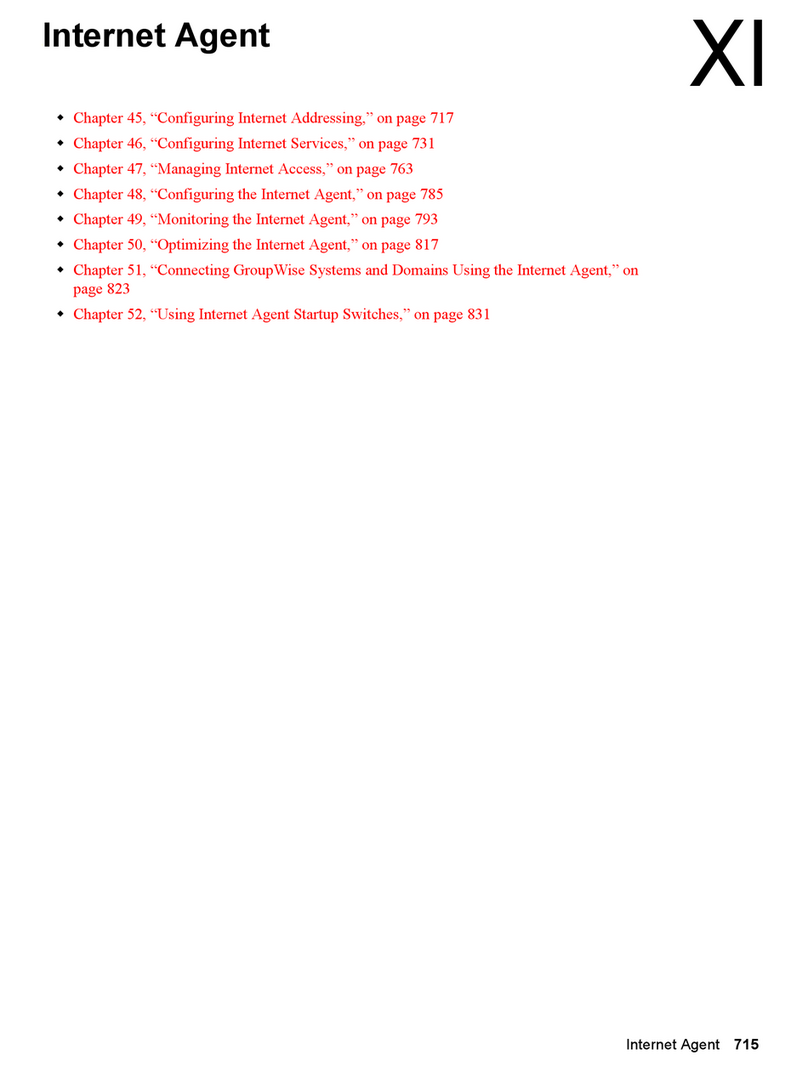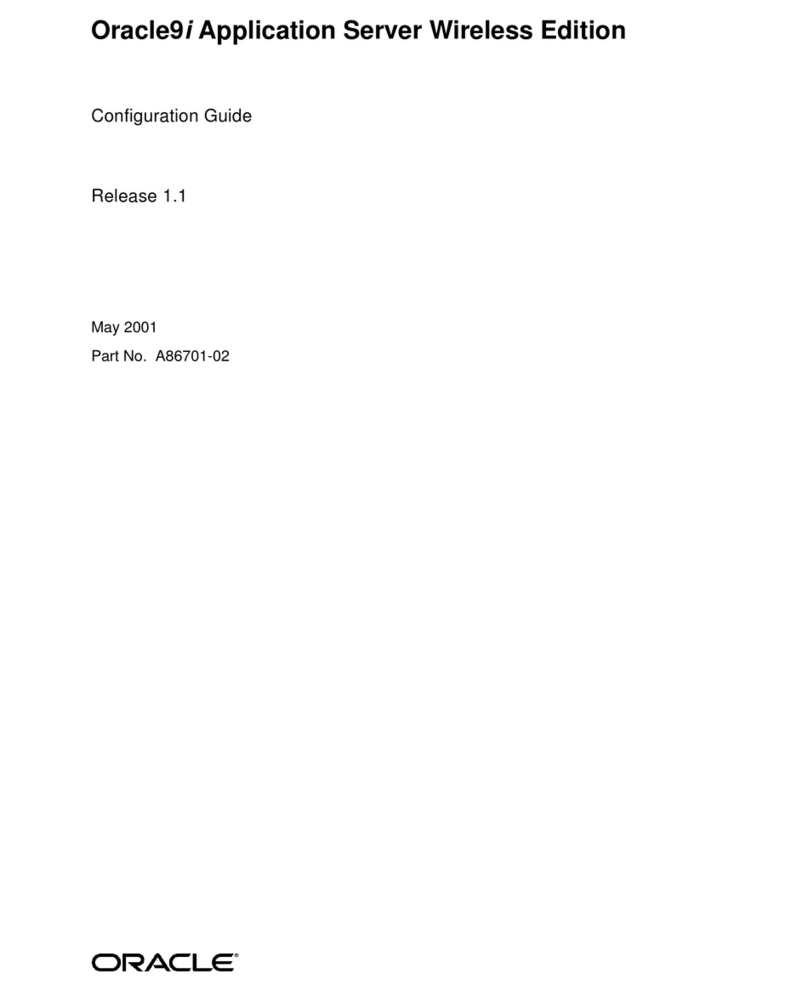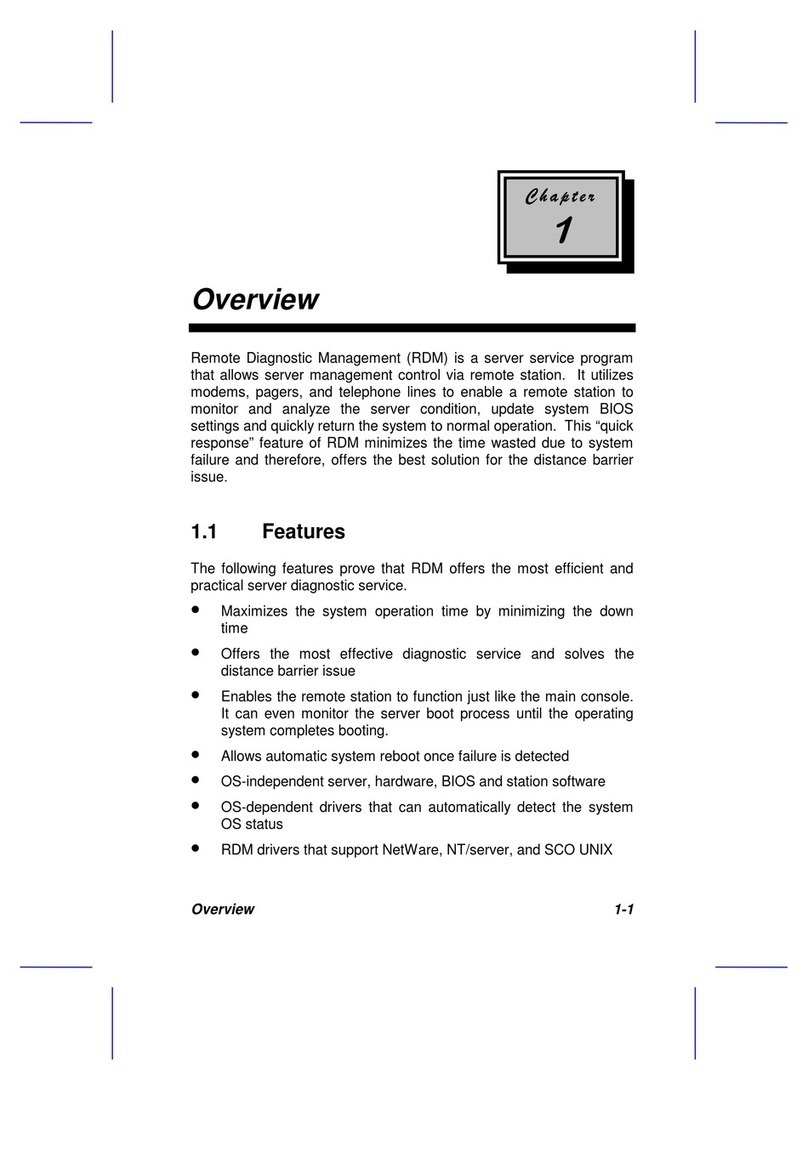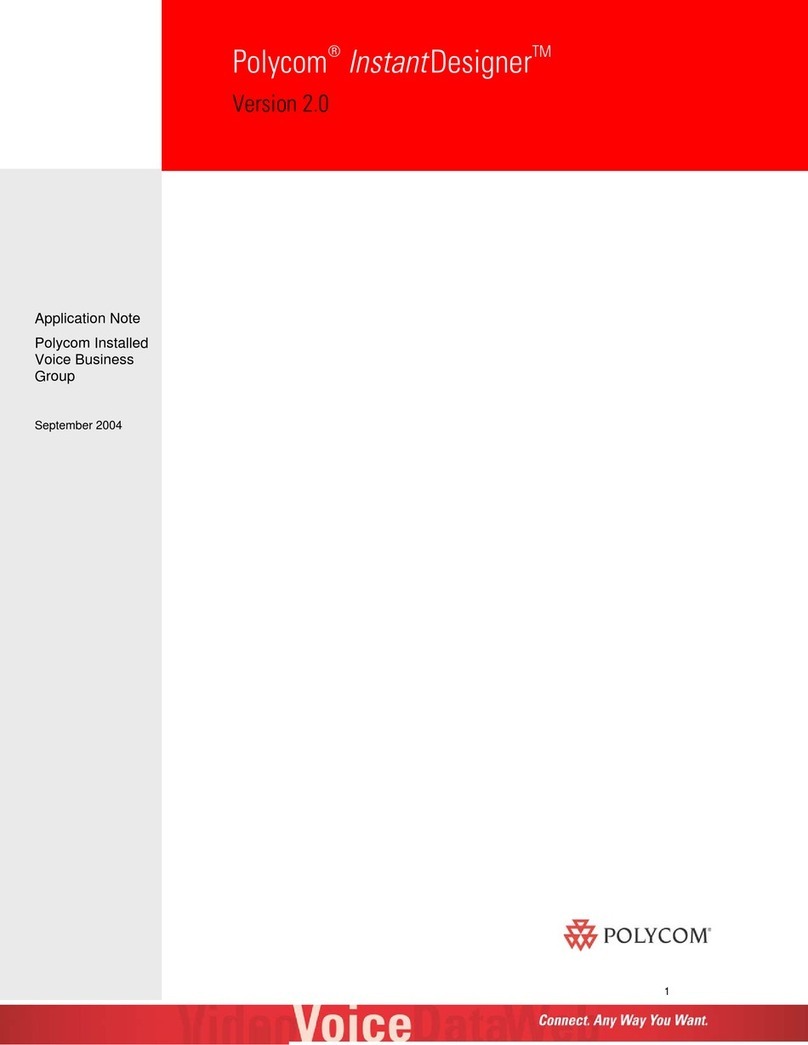
Crest Audio Inc. NexSys v. 3.0
1. Introduction
Thank you for purchasing NexSys - the powerful computer controlled audio system for your
Crest Audio power amplifiers. With its practical and intuitive graphical interface, NexSys
has won praise from audio engineers in every discipline. After familiarizing yourself with
NexSys, you will realize the value and flexibility that this software package offers.
1.1 What is included in this manual
The NexSys Software Manual is organized into several sections that will provide users with
the information necessary to set up and run a NexSys system.
Chapter 2 Overview. Presents an introduction to NexSys concepts and a guide
to each software section.
Chapters 3 & 4 Network Topology and Bus Server Installation & Connection.
Presents essential data on your NexSys system components and
their interface to the computer and the NexSys RS485 bus.
Chapter 5 Toolbar & Menus. Offers quick access to more frequently used
NexSys functions.
Chapter 6 Building a Plan. Details how to build a plan from user-defined
devices, groups, Snapshots, Scenes, and settings.
Chapter 7 Groups. Details how to facilitate the control of amplifiers and other
devices with NexSys groups.
Chapter 8 NexSys Faults, Alerts & Events. Covers the various faults, or alerts,
that are reported on screen and to the Event Monitor/Log.
Chapter 9 Controlling Your Amplifiers. Details the many ways in which ampli-
fiers may be controlled using NexSys.
Chapter 10 Snapshots. Records Plan & Group Snapshots.
Chapter 11 Scenes. How to create these graphical “desk top” arrangements,
which are collections of NexSys windows that can be opened for
viewing or control.
Chapter 12 Security. Details how to determine which controls are included in
scenes and limit access to those scenes via password protection
Chapter 13 Event Scheduler. Profiles one of the most powerful and useful tools
in the NexSys system. Event Scheduler allows the system operator
to automate all functions that can be executed by a user.
Chapter 14 MIDI Interface. Details how NexSys and the Event Scheduler can
interact with MIDI equipment via the NexSys MIDI Interface.
Chapter 15 Load Monitoring. Profiles this powerful diagnostic tool that pro-
vides a consistent means to verify performance of the drive lines
and speakers in the system.
Chapter 16 CK family Sequential Turn-On/Turn-Off (STO). Details how to
sequentially turn on and turn off these amplifiers with a delay
between each one.
Software Manual Page 1.1




